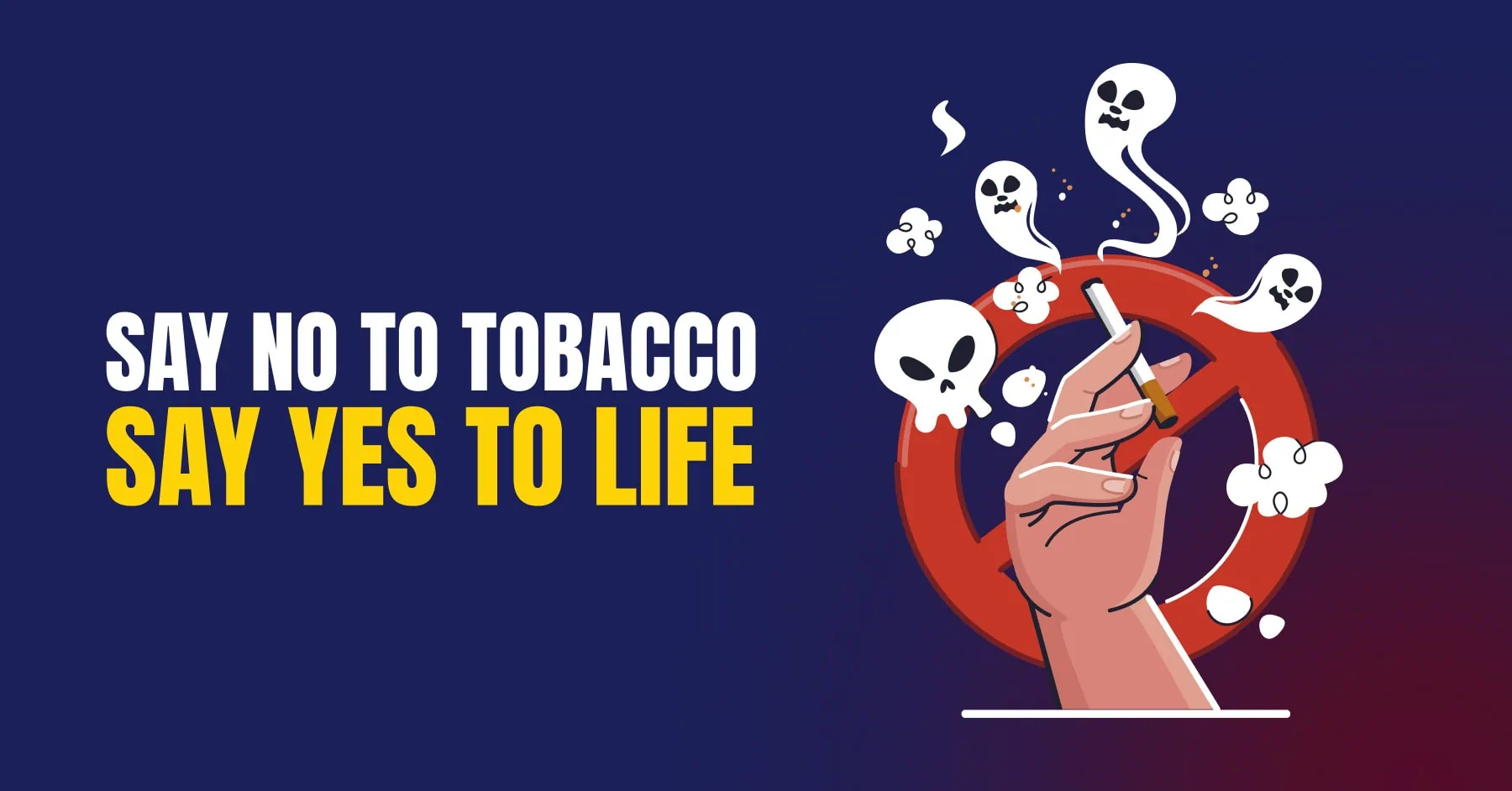Every year on May 31st, the world comes together to observe World No Tobacco Day—a day dedicated to raising awareness about the dangers of tobacco use and promoting healthier, tobacco-free lifestyles.
Significance of No Tobacco Day
Tobacco is responsible for more than 8 million deaths each year, including those caused by secondhand smoke14. The health risks associated with tobacco use are vast: it is a leading cause of cancer, heart disease, respiratory illnesses, and many other serious health conditions. Even non-smokers are at risk from secondhand smoke, which can lead to respiratory and cardiovascular diseases.
The 2025 Theme: Unmasking the Appeal
This year’s theme, “Unmasking the Appeal: Exposing Industry Tactics on Tobacco and Nicotine Products,” focuses on revealing the marketing strategies used by the tobacco industry to make their products attractive, especially to young people. By educating the public about these tactics, we can empower individuals to make informed choices and resist the lure of tobacco and nicotine products.
Health Risks of Tobacco
- Cancer: Tobacco use is linked to cancers of the lung, mouth, throat, esophagus, bladder, kidney, liver, stomach, pancreas, colon, and cervix.
- Heart Disease and Stroke: Smoking increases the risk of heart attacks, strokes, and other cardiovascular diseases.
- Respiratory Diseases: Chronic bronchitis, emphysema, and chronic obstructive pulmonary disease (COPD) are common among smokers.
- Weakened Immunity: Tobacco weakens the immune system, making individuals more susceptible to infections.
- Impact on Families: Secondhand smoke endangers the health of family members and children.
Environmental Impact
Tobacco cultivation and production harm the environment by causing deforestation, soil degradation, and water depletion. Millions of cigarette butts and toxic waste are improperly disposed of each year, polluting our air, water, and soil.
Act Against Tobacco
Tobacco use doesn’t just affect the person using it, it impacts friends, family, and the entire campus community. Whether you’re trying to quit, supporting someone else, or simply want to help create a healthier environment, every small step counts.
- Quit Tobacco: Seek support from healthcare providers, quitlines, or support groups to help you quit smoking or chewing tobacco.
- Protect Others: Avoid smoking in public places and around children to reduce secondhand smoke exposure.
- Educate and Advocate: Share information about the dangers of tobacco and support policies that restrict tobacco advertising and sales, especially to youth.
- Promote Healthy Alternatives: Encourage friends and family to adopt healthy habits and lifestyles.
Join the Movement
On World No Tobacco Day, let’s pledge to protect our health and the health of our loved ones by saying no to tobacco. Together, we can create a healthier, tobacco-free future for everyone.
Additional points about tobacco for college students:
- Health Risks: Tobacco use—including cigarettes, cigars, vapes, and other forms—can cause both minor symptoms (like cough, sore throat, and fatigue) and major diseases such as lung cancer, chronic obstructive pulmonary disease (COPD), heart disease, and stroke.
- Addiction: Nicotine in tobacco is highly addictive. Even occasional or light smoking can lead to dependence and make quitting difficult over time.
- Mental Health Connection: Smoking is associated with higher rates of depression, anxiety, and increased use of mental health services among students.
- Other Risky Behaviors: Tobacco use is often linked with high-risk alcohol consumption, risky driving, and relational abuse.
- Secondhand Smoke: Exposure to secondhand smoke harms not just smokers but also those around them, increasing the risk of respiratory and cardiovascular diseases.
- Emerging Products: Use of e-cigarettes and other new tobacco products is rising among college students, and these also pose significant health risks.
- Early Intervention: Quitting early is easier than quitting after long-term use. Promoting cessation among non-daily smokers is important to prevent long-term addiction.
- Tobacco-Free Campus: Supporting and adhering to tobacco-free campus policies can help reduce tobacco use and protect everyone’s health.
- Support and Resources: Many campuses offer counseling, quitlines, and support groups to help students quit tobacco. Seeking help increases the chances of successfully quitting.
Say No to Tobacco—Choose Life, Choose Health!










